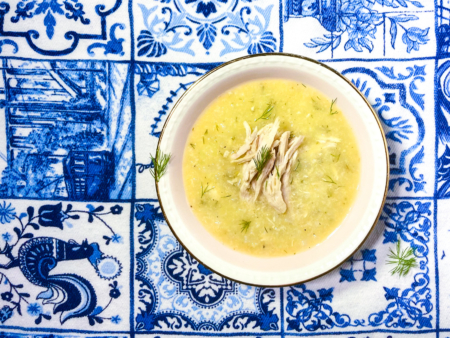If you search the web for spices, you will come across cumin, a popular spice made from a plant called Cuminum cyminum.
Mainly used in Indian, Latin American, and Middle Eastern cuisines, cumin is found internationally and is sold in two forms: ground and whole seeds.
What Is Cumin?

The Cuminum cyminum plant is dried in order to harvest cumin seeds by hand. These tiny, boat-shaped seeds resemble caraway seeds and are available in multiple colors. However, you will mostly find them in a mix of brown and yellow, but green, white, and black cumin are also used. Indian recipes typically use whole cumin seeds. They’re known as jeera in the region and are used in almost all local dishes. On the other hand, Middle Eastern and Mexican dishes typically use cumin in its ground form. Additionally, cumin is used to prepare other condiments including chili powder, marinades, and BBQ sauce.
Origins
Cumin is considered an ancient spice as its use goes back nearly 4000 years in history. The spice is first believed to have been grown in the Middle East and Egypt and has been discovered as a preservative amongst mummies in ancient Egypt. You will also find its mentions of cumin in the Bible; however, it is believed that it wasn’t used as an ingredient in cooking until it reached India. From there cumin was exported to Europe and South and Central America.
What Does Cumin Taste Like?

Cumin has an earthy flavor that is not prevalent in other spices. The flavor of cumin may change based on where or how it is used. For instance, cumin’s floral and nutty character is more pronounced when mixed with hot rice. On the other hand, cumin may be more subtle when used with cool yogurt or rich meat.
Using Cumin: Ground Versus Seed

Cumin is mainly used to enhance flavors in Indian dishes. It is usually added with other spices during the cooking phase. However, in some cases, whole seeds are fried in oil and added to curries to enhance the flavor. This frying process is known as a tadka and it makes the flavor of the cumin more pronounced. On the other hand, ground cumin seeds are typically used for aromatic purposes and can be added at any stage of the cooking process. Stock your pantry with ground and whole cumin to add flavor to a variety of dishes such as Cumin-Rubbed Steaks, Palak Paneer, Breakfast Burritos, Chicken Souvlaki, or Harissa Chickpea and Lentil Soup.
Feature Image: Ajale from Pixabay



